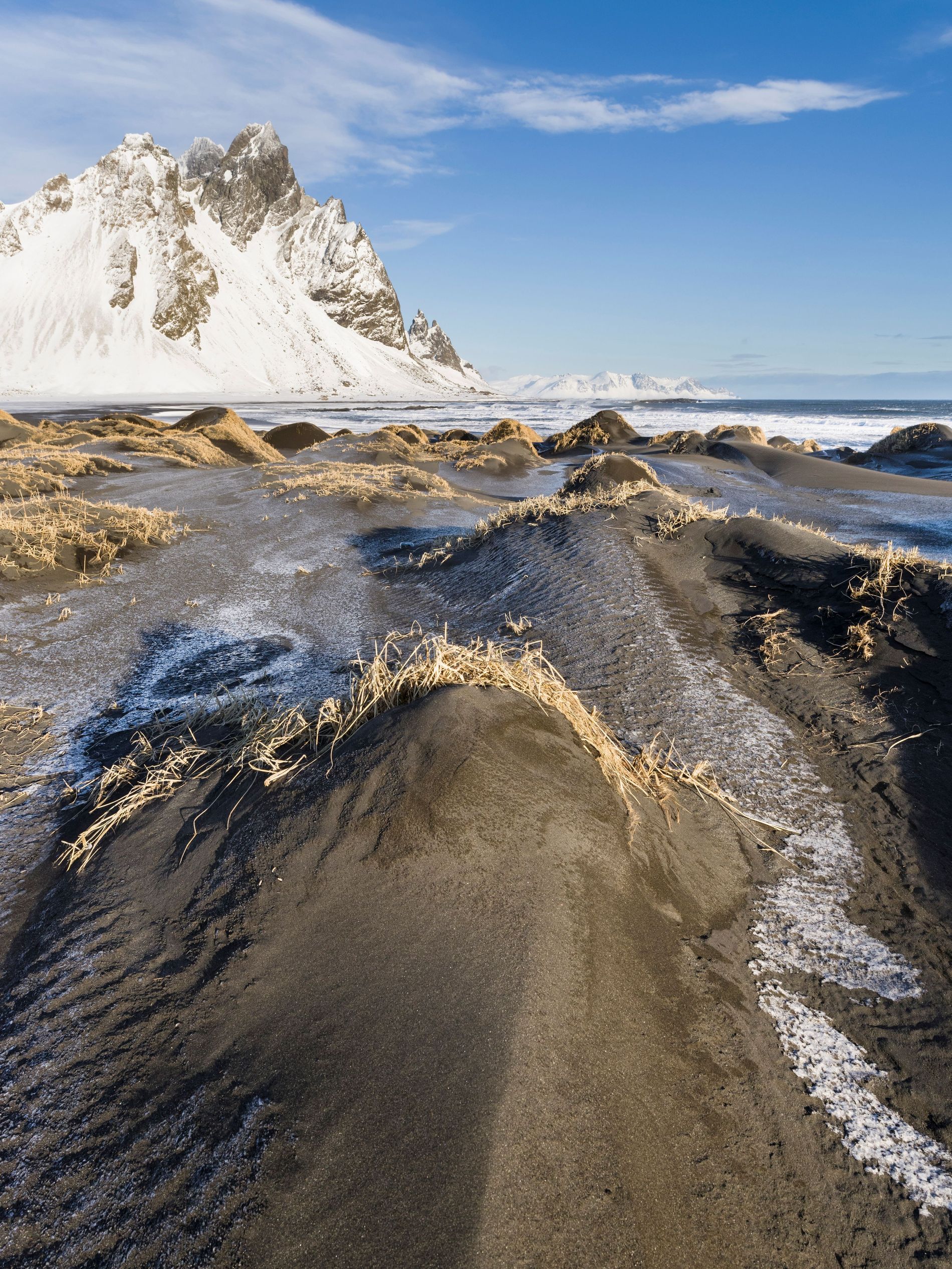Your complete guide to the spookiest spots from across the region
With a history of settlement dating back over 10,000 years, it’s safe to say that Scandinavia has seen the best and worst of humanity. And though many of the wondrous sights belonging to the region – such as the Northern Lights, ancient forests and dramatic coastlines – can be described as hauntingly beautiful, others are, well, simply haunted.
While we’re certainly not lacking on the haunted castles front (forsooth, says Hamlet), we also have an impressive array of other spots across our countries that are home to paranormal activity. From theatres to beaches, manors to burial grounds, read on for some lesser known spooky sites that our part of the world has to offer, each as 'boo-tiful' as the next.
Sweden
Borgvattnet Vicarage
Borgvattnet, a tiny village of just 50 residents, is home to what has been called Sweden’s most haunted house since 1947. Not only that, the small town has also been awarded the accolade of having the highest number of ghosts per capita in Sweden - a fact you might not find in the encyclopedia.
The Vicarage of Borgvattnet dates back to 1876, but it was in 1927 that a priest first reported paranormal sightings in what may be the oddest opening move by a ghost. The priest claims that he saw his washing get torn by the clothesline it was hanging on. Then, just three years later, another priest saw a phantom lady in the building’s great hall and, a few years after that, another priest heard footsteps and doors squeaking open, though nobody was around.
All these events were spoken of in hushed tones until 1947, when a journalist got wind of the ghostly stories and decided to investigate. He interviewed the then-priest whose adamant stance on there being ghosts at Borgvattnet and whose talk of how he planned to order a “scientific investigation of the place after years of ghosts” caused quite the uproar. The vicarage was immediately nicknamed Spökprästgården – literally Ghost Vicarage – and has since kept its reputation as one of the spookiest places in the country.
Today, The Vicarage is a Bed & Breakfast, where daredevil guests can stay the night and delight in experiencing any number of frights: rocking chairs that creak and move on their own and harrowing screams in the dead of night that will make even the shortest visit a memorable one.
Stortorget in The Old Town, Stockholm
The Old Town in Stockholm dates back to the 13th century, so it is no wonder that this maze of narrow alleys and cobbled streets has seen some scary stuff. Of all the events that have taken place in what was Stockholm’s original city centre, it is The Stockholm Bloodbath of 1520 that stands out, and for good reason.
As the name suggests, the event was one of the bloodiest ever in Swedish history, one that could have easily inspired a certain red wedding scene in Games of Thrones. After invading Sweden, the Danish King Kristian II rounded up 92 members of the Swedish nobility who had opposed him in Stortorget (the Big Square) and proceeded to carry out a mass execution. Over the course of a few days in early November, he beheaded or hung each of his opponents, one by one. Tales of blood pooling in rivulets between the cobblestones are not hard to believe and to this day visitors say that they can see blood flowing between the square’s cobblestones in November.
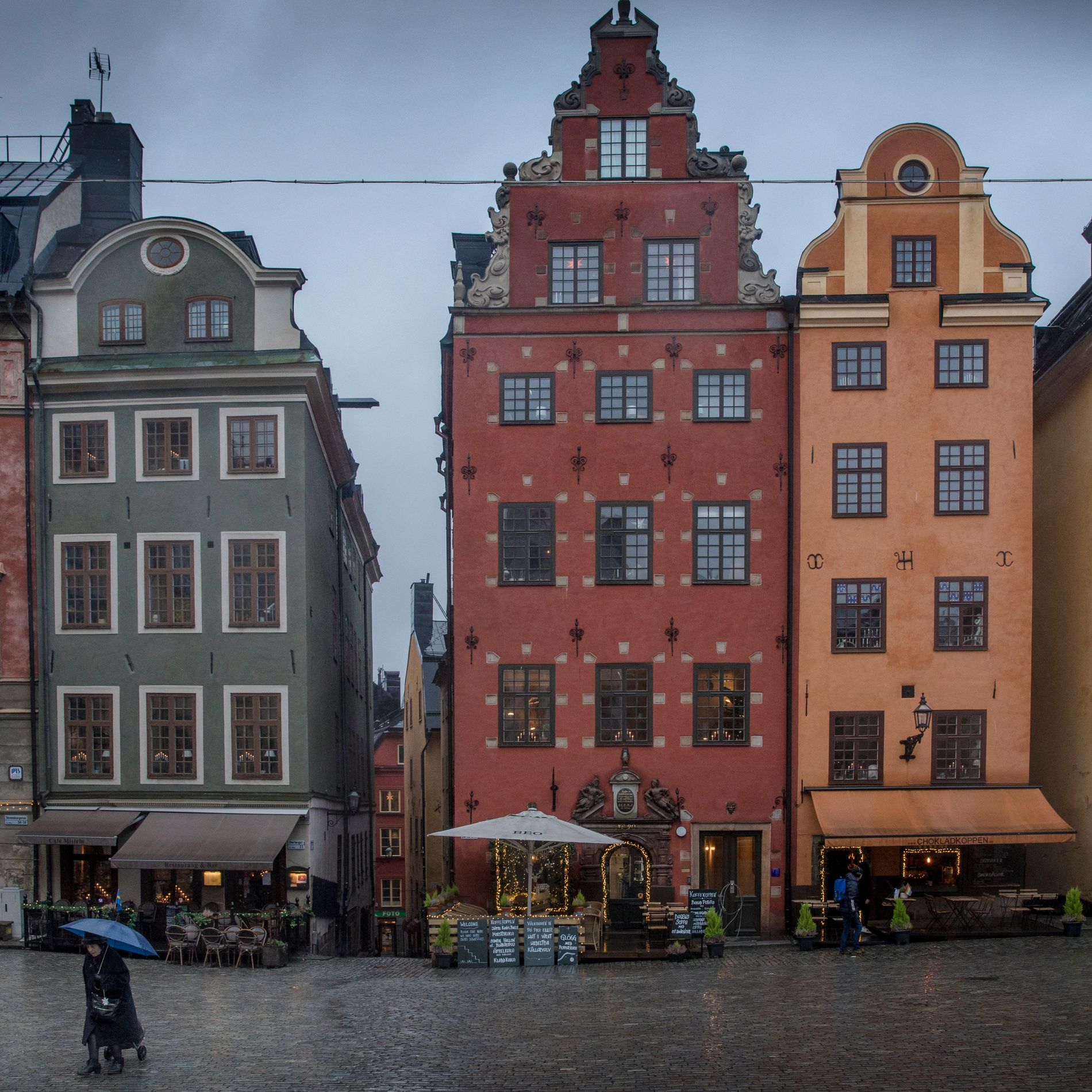
Schantzska huset, middle. Photo: Getty
The ghosts of those who were brutally executed are said to still haunt the square, but 130 years after their slaughter, they were given individual homes in the form of stones. In 1650, when medieval houses were being rebuilt in the square, one building owner, Mr Schantz, wanted to acknowledge the bloodbath through his property. On his red house facade, he included one white stone for each one of the 92 people who were executed. Known today as Schantzska Huset (the Schantzska House), the building remains a tourist magnet and legend goes that if a stone is ever removed, its ghost will rise and haunt Stockholm for eternity.
Norway
Dalen Hotel
Telemark is a region of Norway best known for inventing a skiing discipline that combines Nordic and Alpine techniques, but it is also home to Dalen Hotel or, as it is also called, The Fairytale Hotel. Built in 1894, the place is so called as it is a sumptuous feast of turrets, spires and dragon-headed gargoyles and the building’s architecture took inspiration from Viking styles as well as traditional Norwegian stave churches. But the haunting and macabre tale for which the place is also known has quite the opposite to a fairytale ending.
Visitors might want to stay away from room 17, where an Englishwoman by the name of Miss Greenfield stayed one summer in the late 1890s. Before returning to England, she secretly gave birth at the hotel and after she left, staff found a dead infant in the room. Miss Greenfield was to face trial in England for what happened to the baby, but she took her own life before proceedings began. To this day, visitors claim to hear the sound of a baby crying and male guests have said to have felt a particularly unwelcoming presence in room 17.
The ghost is not malicious, however, and hotel staff have become so accustomed to her presence that they even set a place for her at dinner each evening.
The Nidaros Cathedral
The world’s northernmost gothic cathedral stands proudly over the city of Trondheim. Nidaros Cathedral, so named because Nidaros was Trondheim’s medieval city name, is also one Norway’s most important structures, particularly from a combined historical and religious perspective. With construction dating back to 1070 , the cathedral has long been a symbol of human faith through the middle ages, a pilgrimage destination and a symbol of power.
The cathedral is also the home to Olaf II Haraldssson, the Viking King who is credited with the Christianisation of Norway and who posthumously became Saint Olaf, the patron saint of Norway. He was canonised at Nidaros and his tomb is said to be located right under the cathedral’s altar. To this day, visitors make their own pilgrimages to visit the site where he is buried.
Another of the structure’s dead tenants, however, is a far more sinister one: the ghost of a monk who is recognisable by his slashed throat, an open wound that drips endless blood. First spotted in 1924 by a member of the church, the monk is described as cloaked in a dark habit and has been said to enjoy walking through members of the cathedral choir. He even attempted to choke a priest right in front of worshippers. Spookier still, the monk’s presence is inexplicable in that no order of monks has ever been connected to the cathedral. Yet, spooky reports continue to mention the baffling sound of chanting and organ music coming from the cathedral late at night.
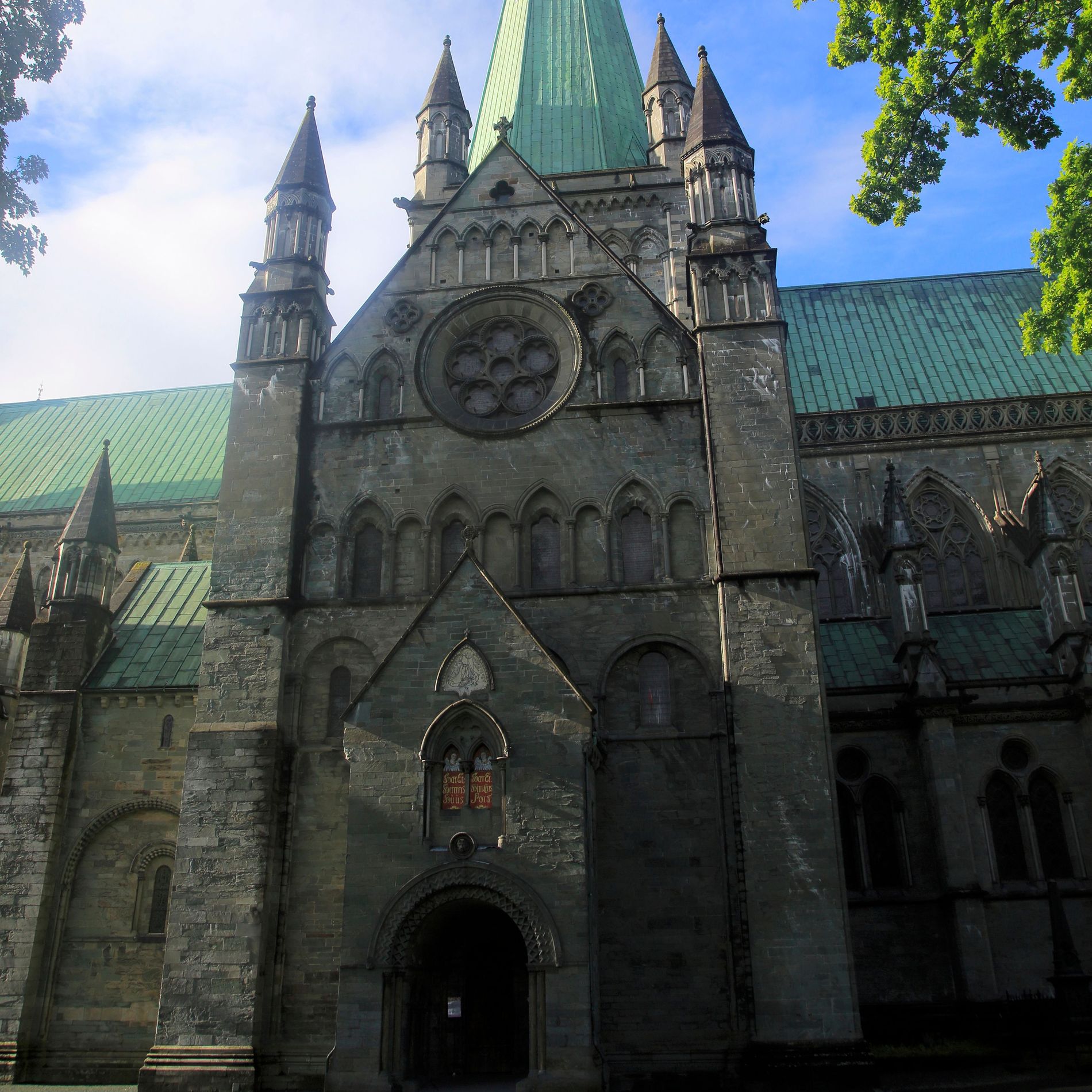
Photo: Getty
Denmark
Voergaard Slott
Voergaard Castle is quantifiably haunted. Don’t just take our word for it, though – it must be true as the Danish Paranormal Society has rated the stately manor its top most haunted spot in Denmark. Not only are the dungeons cramped, windowless pits of despair where you can apparently still hear past inmates groaning in terror, the place earns its prime position thanks to some formidable haunting by the one and only Ingeborg Skeel.
She was the matriarch of the house from 1578 to her death in 1604 and in those years, she reigned with an iron fist most probably required for a woman landowner in the day. Legend has it that she drowned the house architect so she didn't have to pay him, chopped off the fingers of children who stole grains from her fields and whipped her own child to death. While much of her ruling style may be exaggerated, nobody can doubt her commitment to the manor, before or after death. In fact, she is said to have haunted the place so much that a priest was brought in to exorcise her ghost more than once.
Her haunting style, though, seems thankfully benign, as current staff at the now-historical site consider her to even be a helpful presence. Reminders to turn off lights or close doors come in the shape of strange, inexplicable events, all attributed to the hell-bent, tireless protector of the house.
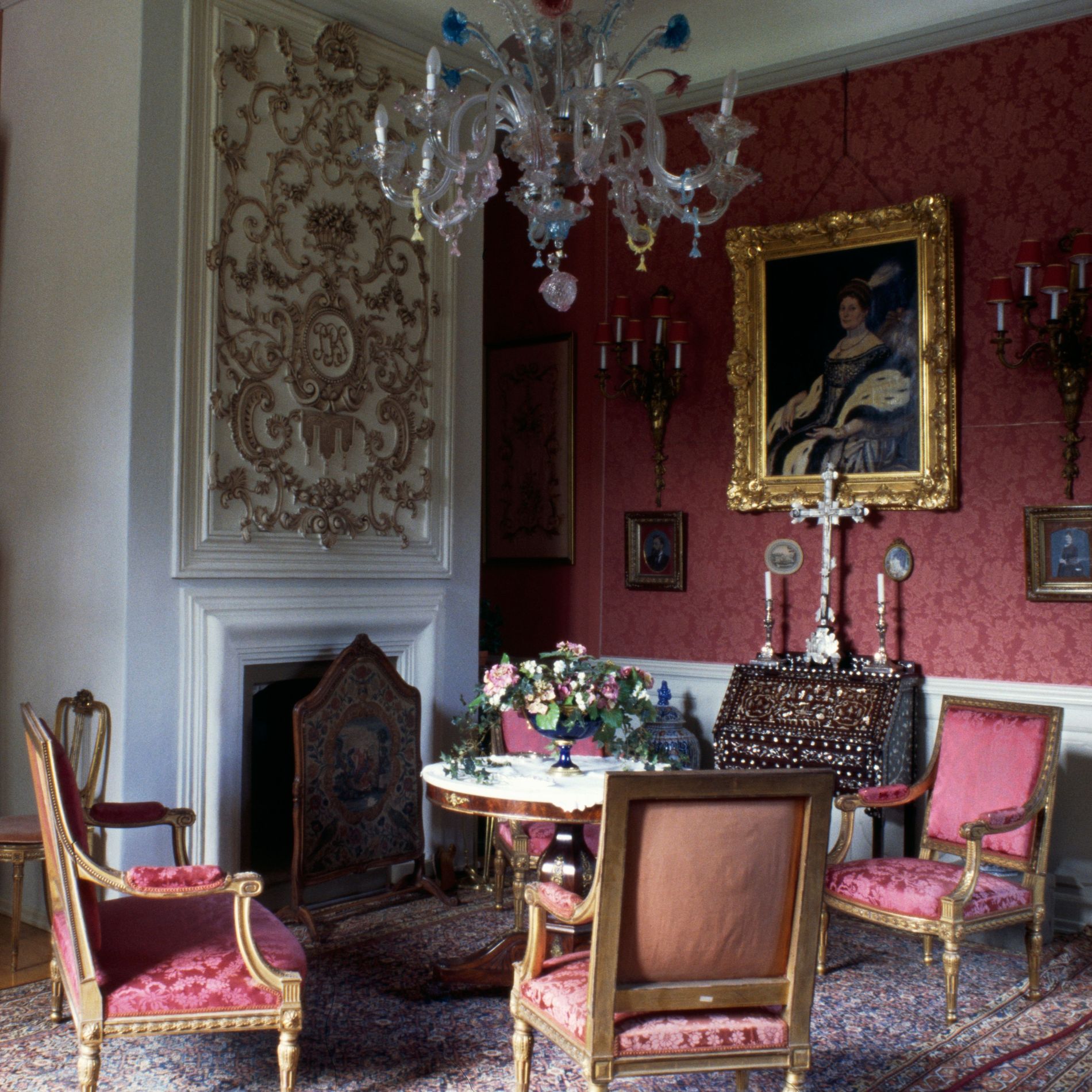
Photo: Getty
The Viking Sanctuary Lindholm Høje
No list of haunted places in Scandinavia would be complete without a nod to those most famous of Scandi seafarers, the Vikings. And one place that offers up an eerie reverence to the deceased is the former burial site at Lindholm Høje in northern Denmark.
Lindholm Høje translates as the hills or mounds of Lindholm and the site is Denmark’s largest Viking burial ground. Overlooking the city of Aalborg, it covers the period from the Nordic Iron Age through to the Viking Age: the graves are arranged chronologically, with those on the higher, northern part of the hill dating back to about 400 AD, whereas the southern part is a resting place used during the Viking Age, closer to 1000 AD. There are almost 7,000 gravemarkers in the form of stones, which mark the place where cremated men and women lie. The stones are all arranged in unique shapes: female graves are recognisable by circles and oval outlines, and male graves form either triangles or, aptly, the shape of a ship.
The cemetery itself makes up a beautiful, collective monument that is said to hold a treasure trove of relics, shipwrecks and the remains of what was once a Viking city. With so much Viking energy concentrated in one area, the place is filled with an almost heady air of other-wordly eeriness that makes even a daytime visit spine-chilling. And it is easy to why: the burial stones themselves resemble hunched-over Norsemen coming together in silence to protect their kin and their treasures in an unwavering and never-ending Viking pact.
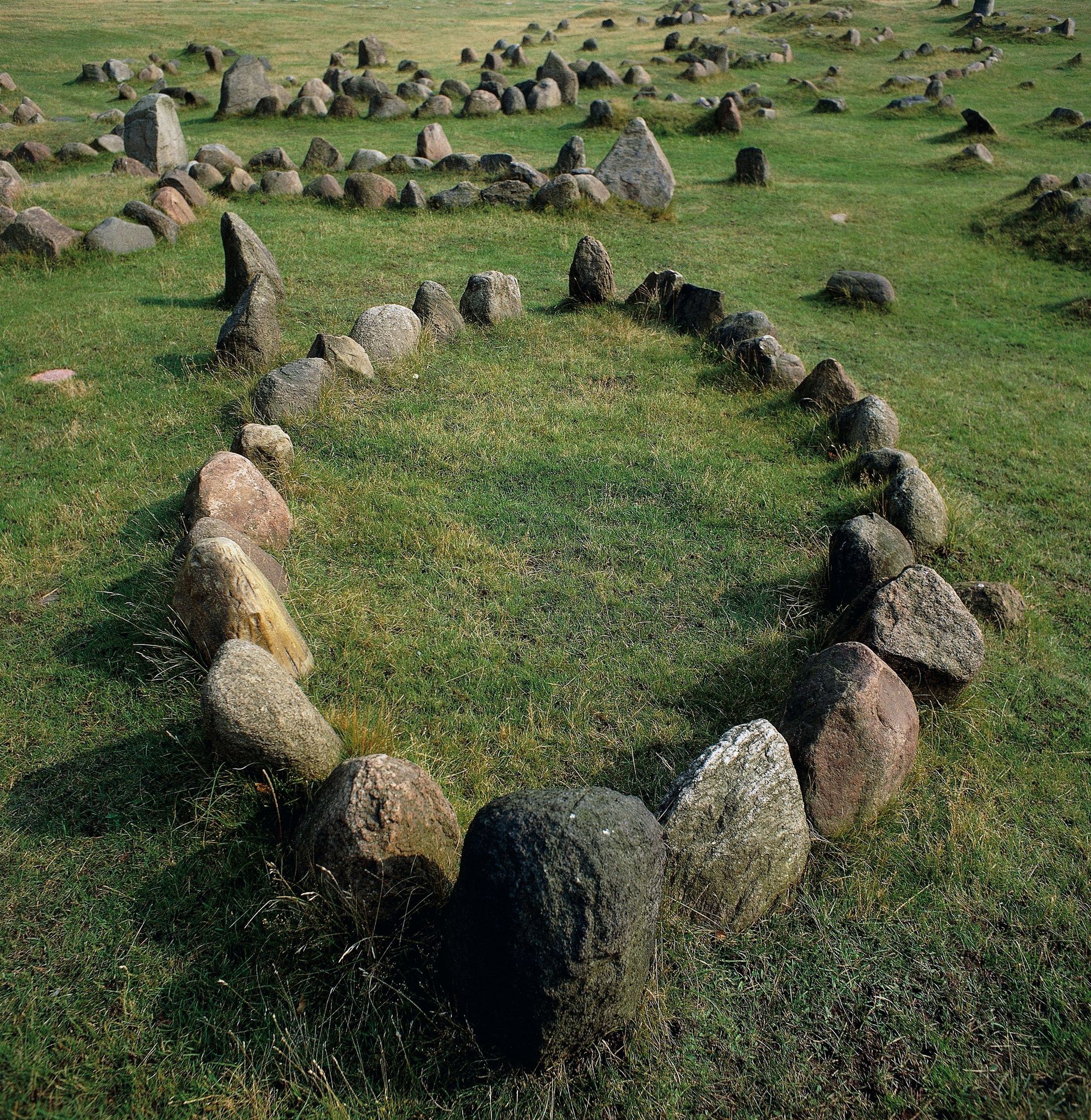
Photo: Getty
Finland
The Theatres of Helsinki
Two of Helsinki’s theatres are said to be haunted. One, the Alexander Theatre (Aleksanterin Teatteri in Finnish) is not only home to the Finnish National Opera, it also houses its very own Phantom of the Opera. And yes, just like his more famous musical counterpart, this one has been responsible for sending a chandelier crashing to the ground. Most eerily, the crash occurred while performers were discussing the genie from Aladdin - and perhaps the frightening move with the ceiling fixture was the ghost’s way of communicating back, as the Finnish language words for “genie” and “spirit” are the same...
Across town, the Finnish National Theatre, Kansallisteatteri, is not only visually stunning and considered a true landmark of the capital, but it is also the place where at least three ghosts refuse to take their cues to exit stage left. Two of them are famous Finnish actors, one of whom appears to be the sentimental type, as he still walks around carrying the axe with which he murdered his wife. And a woman referred to only as The Grey Lady is said to wander in the wings, looking for her script.
The ghosts do seem to have a bonafide case of stage fright, however, as they are said to immediately disappear into thin air if they are ever sighted.
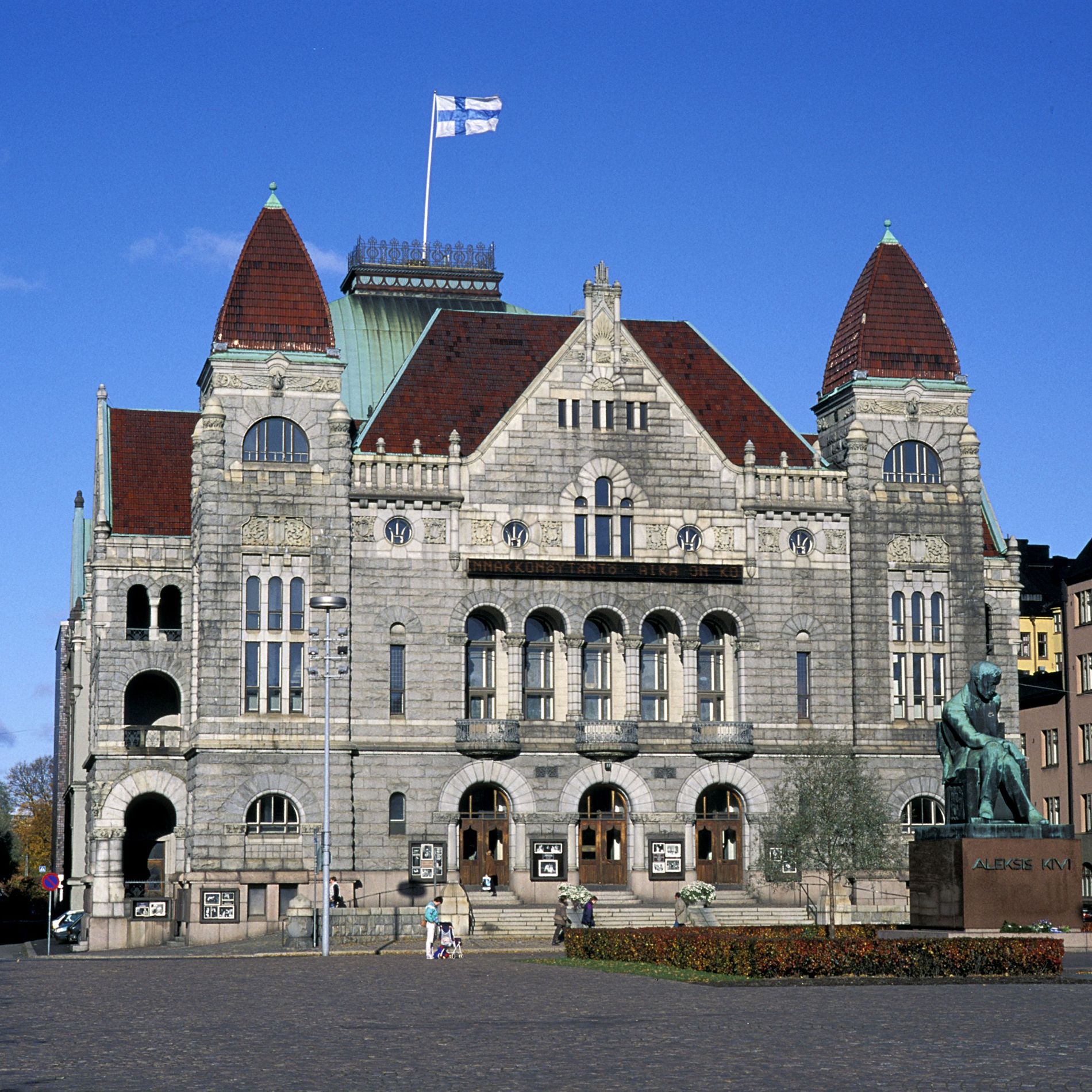
Photo: Getty
Iceland
Stokksnes
Under the imposing peaks of Iceland’s Vestrahorn mountain, the dramatic landscape of Stokksnes beach delivers breathtaking scenery and a great vantage point of the Northern Lights. But it is also known for what lies beneath the waves, particularly the high number of shipwrecks that are said to have occurred in its icy waters.
With its black sand, howling winds and darkened dunes creating pockets between which ghosts can play hide and seek, it does not take much imagination to grasp that the place could be a dwelling for visitors of the hair-raising variety. The spot is geographically isolated from much of the rest of the country, and the contrast between the looming peaks and crashing waters sets the scene for any number of other-worldly things to happen.
The shallow waters of the beach create a never-ending horizon on which one might feel like one is walking on the sea, but that might not be so wide to do at night… When darkness falls, the spectres of lone Viking figures, still drenched from the deep, have been rumoured to walk slowly out of the waves and into the night. So while the landscape of this dramatic headland is undoubtedly beautiful and deserves to be captured in photos, the images that will stick with you after a visit will be of Viking ghosts rising from the waves, leaving behind their watery graves to be part of our world.
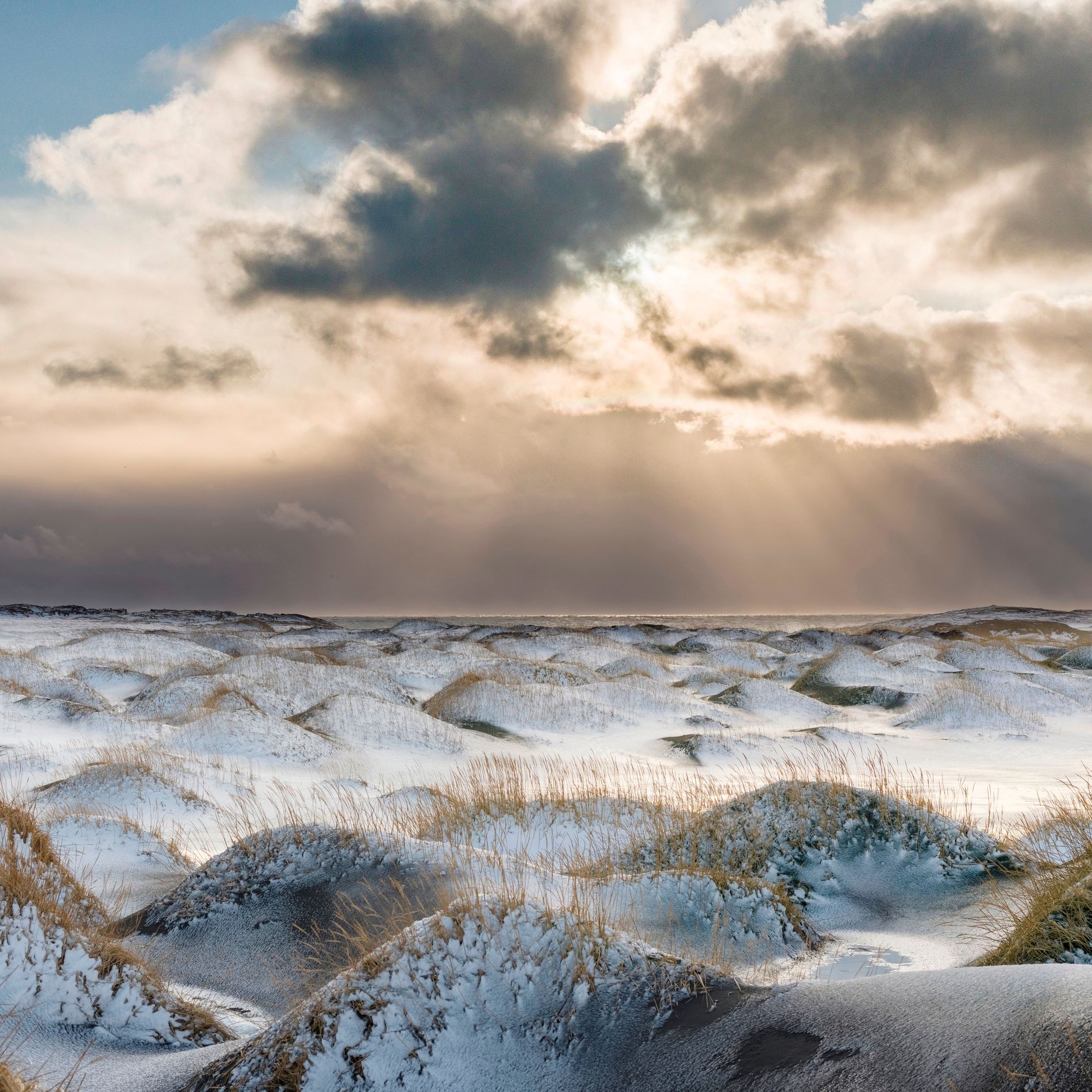
Photo: Getty
